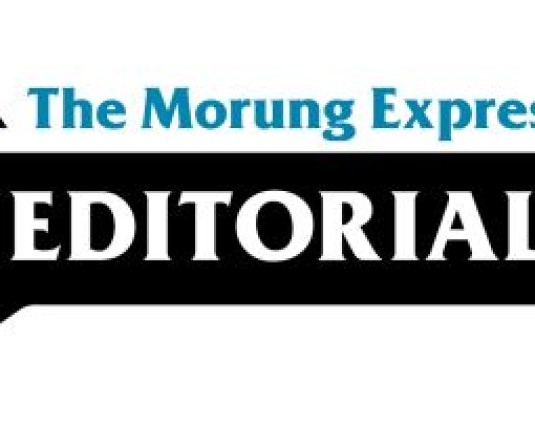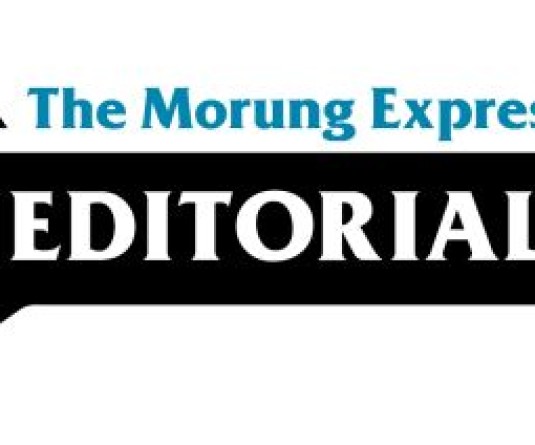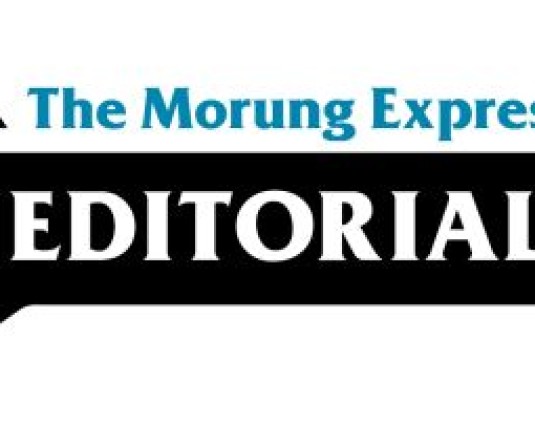
Moa Jamir
The Nagaland Government has recently outlined the broad contours of development in the form of its ‘Vision 2030’ documents released in December 2016. A cynic may squirm at its preamble titled 'Nagaland Vision 2030 - Our Land, Our Future' which envisages, “A well governed, peaceful, inclusive and prosperous State with a sustainable and diverse economy, where a skilled and healthy population with equitable opportunities for growth, success and happiness live, work and play without fear in a safe, clean and green environment.”
It highlights key areas which the State of Nagaland is committed to achieve in partnership with its citizens.
Incidentally, the State was a pioneer in bringing out a State Human Development Report in 2004, including a chapter called ‘Nagaland 2020 – A Vision.’ It mentioned that peace was pre-requisite to achieving any objective. In retrospect, while the State has had relative peace during the intervening years, objectives such as formulation and implementation of a comprehensive agriculture and forest policy; promotion of industries based on agro-forestry; sustainable exploitation of oil, gas and mineral reserves; heavy investments in infrastructure development and connectivity through State Road Policy; and equitable access to quality education and health care services etc. remain only on paper.
Maybe as a course correction, the present document was prepared with more comprehensive strategies and analysis. Predictably, this time too, it puts up a foolproof disclaimer that without “Peace and Good Governance,” no Vision or perspective plan can be put into place.
“The Vision is written with the anticipation that peace will prevail as an outcome of the early settlement of the Naga political problem now that a Framework Agreement has been arrived at.” Again stressing that “Good Governance” has to be the cornerstone for fruitful implementation, the Vision 2030 document noted that only with “Good, effective and equitable governance,” the Government will be accountable and transparent in their use of public resources.
However, while the document, running over 115 pages, mentions accountability and transparency seven and three times respectively, it is conspicuously silent on accountability and transparency of those at the helm of affairs. While calling for a “citizen centric inclusive and accountable government with a high degree of fiscal responsibility and prudent stewardship of public funds,” the strategies to enable such an environment is minimal, barring a recommendation to set up a Statutory State Development Commission to implement the various policies outlined and recourse to technological assistance.
A mission statement can be viewed as meaningless if it is not supported by action on the ground which needs to be visible as well as involve all stakeholders. Implementing a strategic plan is more important than the strategy. In the absence of this, a well-crafted vision statement, though striking, just ends up filling pages without corresponding changes on the ground.
The documents states that an estimated 13,000 educated young people enter the job market annually. Estimating a vacancy of about 3500 to 4000 in Government sector annually (taking attrition rate of about 2.5-3 % by way of retirement, deaths and resignations etc out of the current estimated 1,20,000 employees), it said that there is need for creation of at least 10,000 employment opportunities annually. Adding the current 70,000 educated unemployed to this, the task ahead is insurmountable.
“Creating employing opportunities for these 9500 educated youth and the space to absorb the backlog of unemployed will be one of the main challenges for the Vision.” In health, education and other social sectors, the vision has many novel strategies. To be fair, the document is comprehensive, and the strategies provided therein are commendable and envisaged by keeping in mind the context in which the State operates.
However, does the Government possess the requisite political will to implement the same? Is the citizen equally willing and ready to take the journey without being a collaborator to perpetuate the current state of affairs?
Are those at the helms of affairs ready to evaluate themselves through SWOT (strengths, weaknesses, opportunities, and threats) analysis and undertake necessary rectification, if required?
Most importantly, does the leadership have the trust and the confidence of its citizen to make them yearn and collaborate for the grand vision?
Without adequate measures to check accountability and transparency at all levels, the Vision 2030 will just be an illusionary mirage.
For any comment, drop a line to moajamir@live.com





